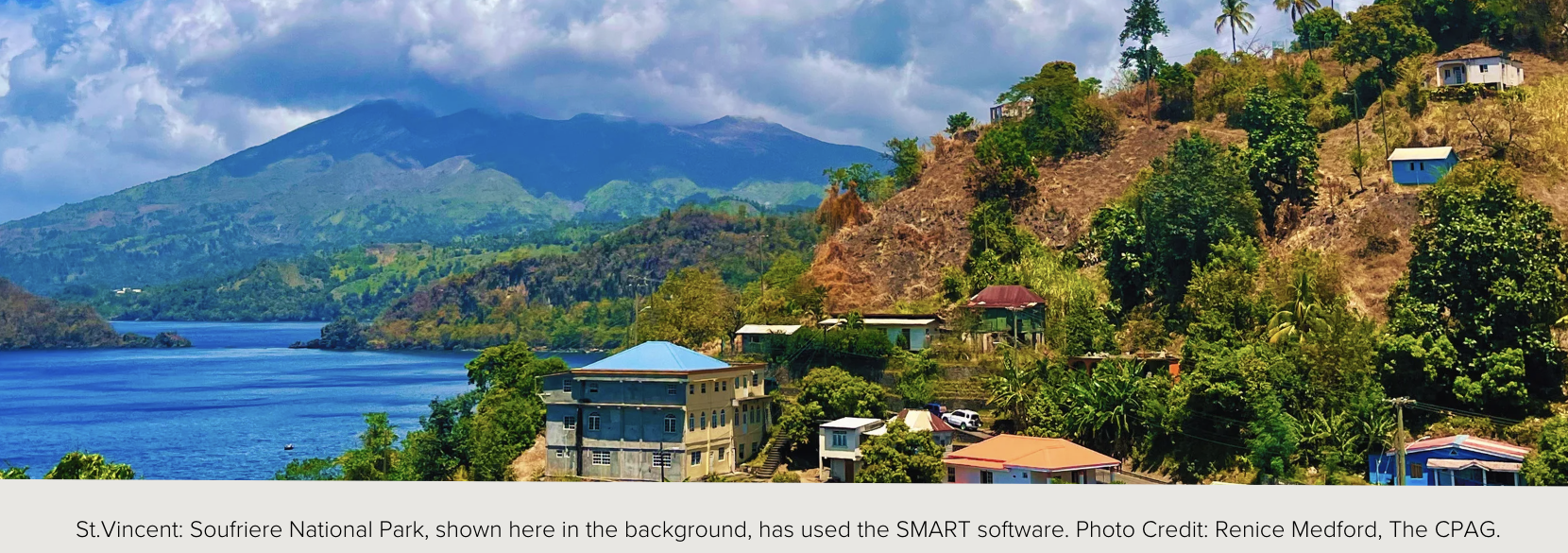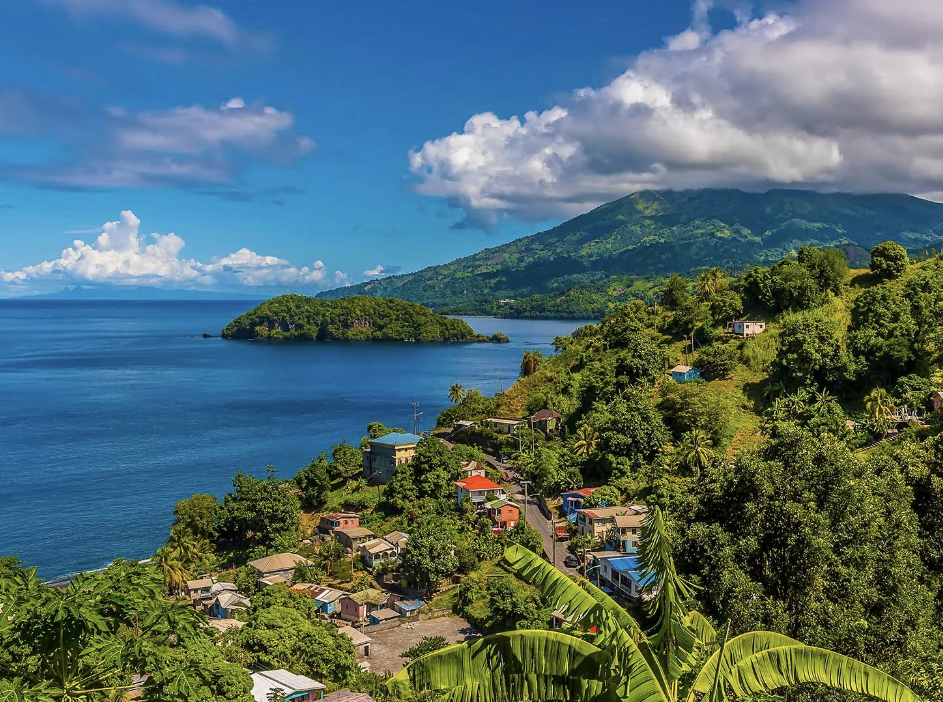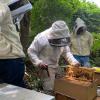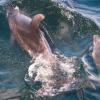Empowering Conservation Efforts with Artificial Intelligence
NEW BLOG POST | 003 | MARCH, 2024
By: Bianca Gittens, Research Officer (The CPAG)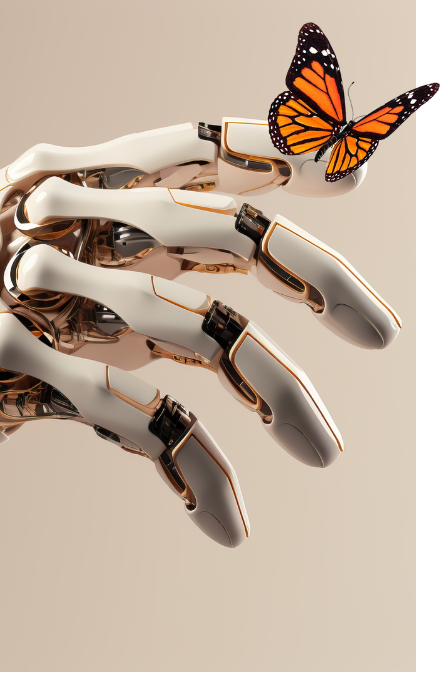
2024’s World Wildlife Day theme, “Connecting People and Planet: Exploring Digital Innovation in Wildlife Conservation” resonates deeply with the ever-evolving battle to preserve our planet's biodiversity as conservationists are increasingly turning to innovative solutions. From protecting endangered species to managing ecosystems, artificial intelligence (AI) is among the arsenal of available tools proven to be valuable in the conservation toolkit, offering new insights and capabilities that were once unimaginable.
AI IN CONSERVATION
At its core, AI encompasses a range of technologies that enable machines to perform tasks that typically require human intelligence. In the realm of conservation, this manifests in various ways:
1. Monitoring wildlife: AI-driven cameras and drones equipped with sophisticated image recognition algorithms can autonomously track and identify species in their natural habitats. This real-time monitoring capability allows conservationists to assess population trends, detect illegal activities such as poaching, in which the data gathered can be used to implement targeted interventions to protect vulnerable species.
2. Predictive analytics: By analysing vast datasets collected from satellites, sensors, and other sources, AI can forecast environmental changes and identify emerging threats to ecosystems. Whether it’s predicting the spread of invasive species or forecasting the impact of climate change on habitats, AI enables conservationists to proactively address challenges before they escalate.
3. Data analysis and insights: AI algorithms excel at processing and analysing large volumes of data, extracting meaningful patterns and insights that inform conservation decision-making that might be challenging to discern through traditional methods. Whether it's identifying key habitat corridors for migratory species or optimizing resource allocation for protected areas, AI empowers conservationists with actionable intelligence to drive more effective conservation strategies.
4. Behavioural analysis: AI can also be used to analyze animal behaviour patterns, providing valuable insights into species' movements, foraging behaviours, and interactions with their environment. This deeper understanding of wildlife behaviour helps conservationists design more targeted conservation interventions and minimize human-wildlife conflicts.
AI IMPACTS ON THE GROUND
• SMART (Spatial Monitoring and Reporting Tool): SMART is a widely used software platform that employs AI algorithms to analyze patrol data and identify poaching hotspots in protected areas. By optimizing ranger patrols based on real-time data insights, SMART helps conservationists combat illegal wildlife trade and protect endangered species more effectively.
• Wildlife and Protected Area monitoring: AI-powered camera traps and acoustic sensors are revolutionizing wildlife monitoring efforts by automating the detection and identification of species. Additionally, AI technologies, such as satellite imagery analysis and machine learning algorithms, are being used to monitor Marine Protected Areas (MPAs) in the Caribbean and assess changes in coral reef health. For example, the Caribbean Coastal Ocean Observing System (CARICOOS) utilizes AI to analyze satellite data and provide real-time information on ocean conditions, helping to inform management decisions and conservation strategies for MPAs in Puerto Rico and the U.S Virgin Islands.
• Habitat Restoration: AI algorithms can analyze ecological data to identify degraded habitats that are suitable for restoration efforts. By mapping vegetation cover, soil quality, and other ecological indicators, AI helps conservationists prioritize areas for habitat restoration and monitor the effectiveness of restoration projects over time.
While AI holds immense potential for conservation, it also presents challenges that need to be addressed. These include issues related to data privacy and security, algorithm bias, high costs, and the ethical use of AI in conservation decision-making. Additionally, there's a need for capacity building and collaboration to ensure that conservation practitioners have the necessary skills and resources to harness the power of AI effectively. For example, the initial coss of integrating AI with wildlife conservation drones can be high and can present other challenges including data interoperability, technological compatibility, and the need for specialized skills.
As the pace of environmental change accelerates and the pressures on biodiversity intensify, the need for innovative conservation solutions has never been greater. Artificial intelligence offers a promising avenue for addressing these challenges, providing conservationists with powerful tools to monitor wildlife, predict environmental changes, and drive evidence-based conservation action. By embracing AI and leveraging its capabilities, we can enhance our efforts to protect and preserve the natural world for future generations.
